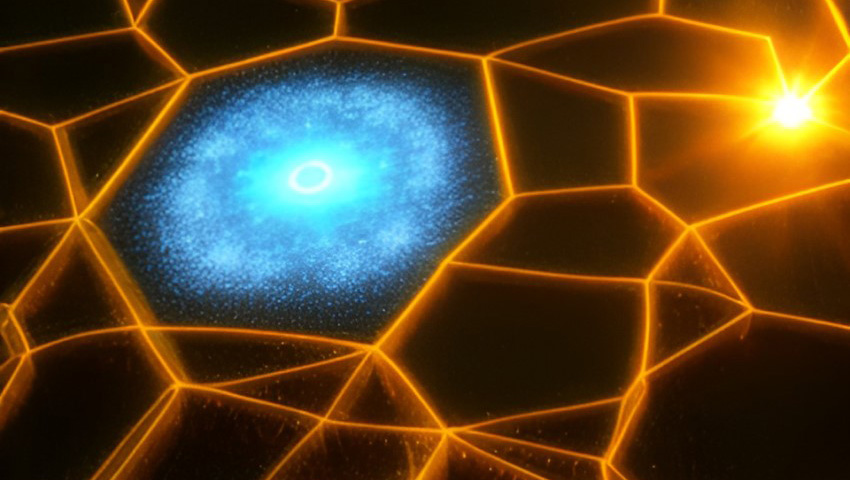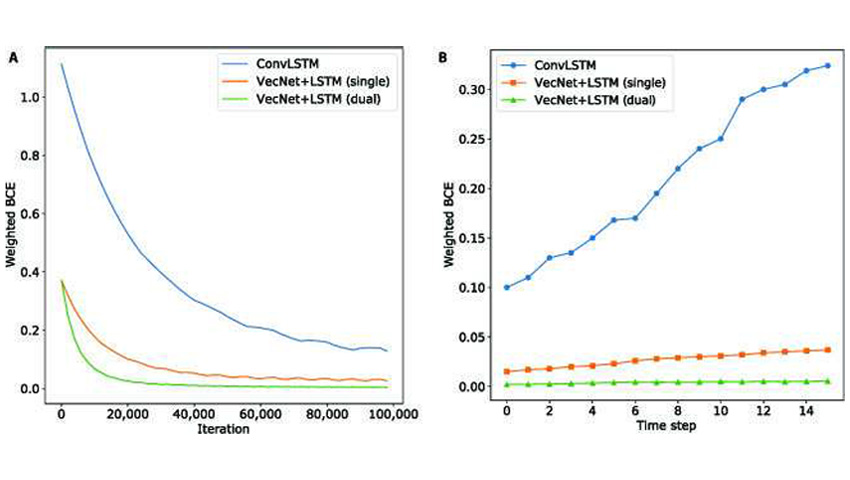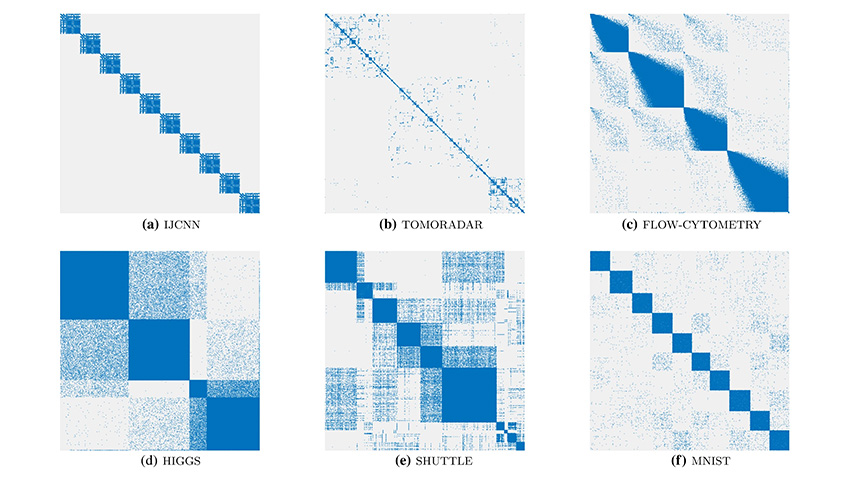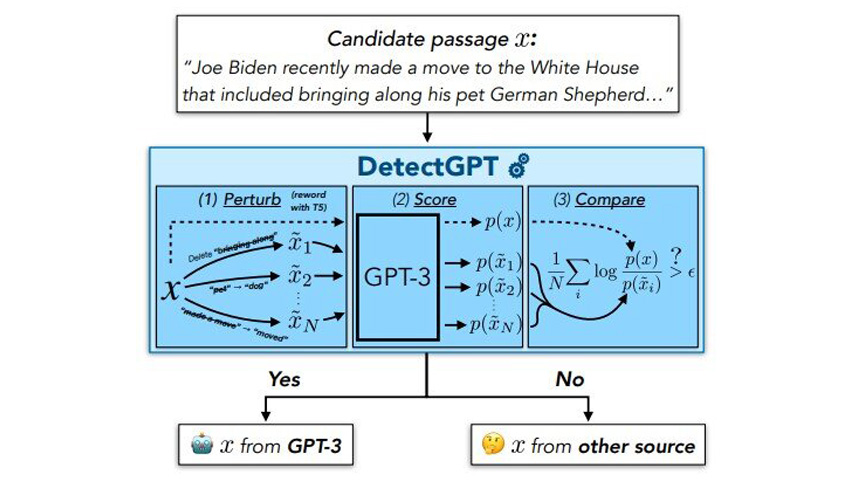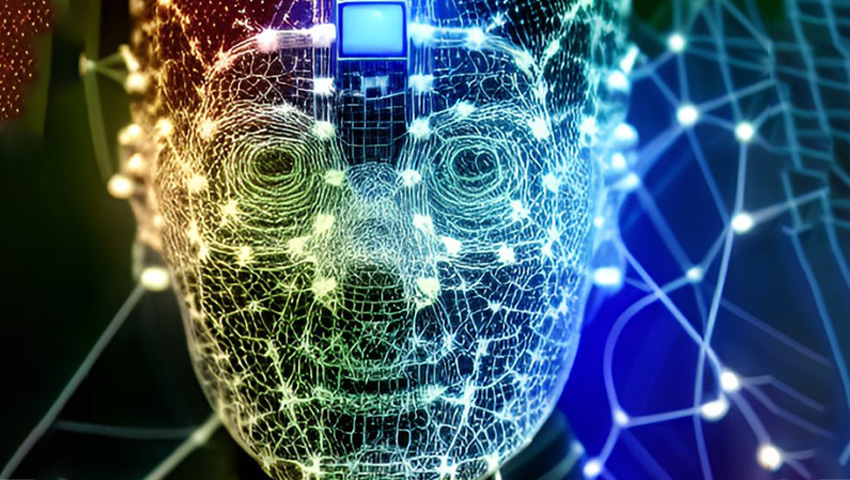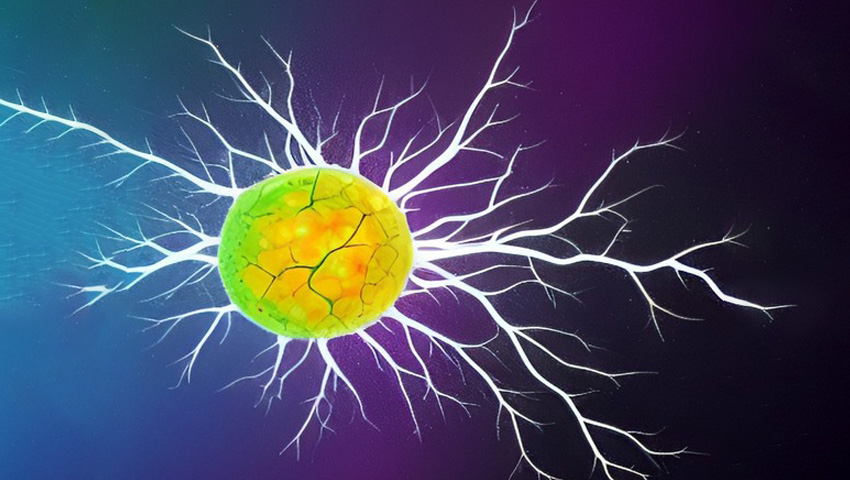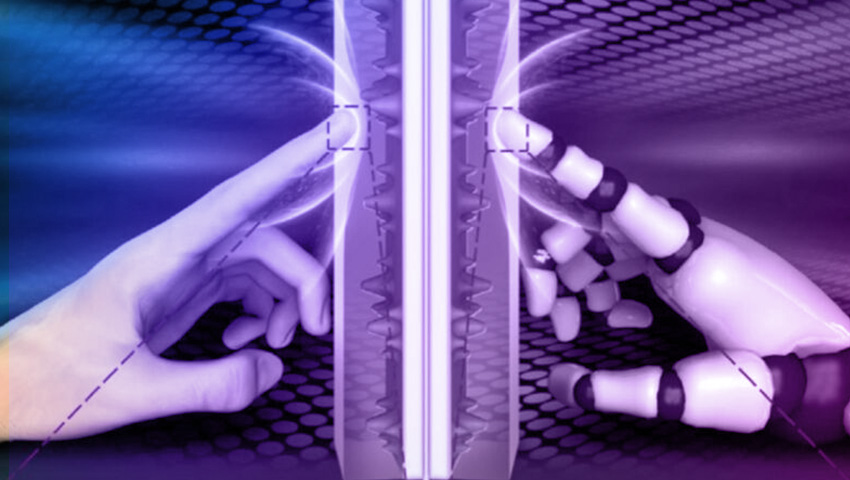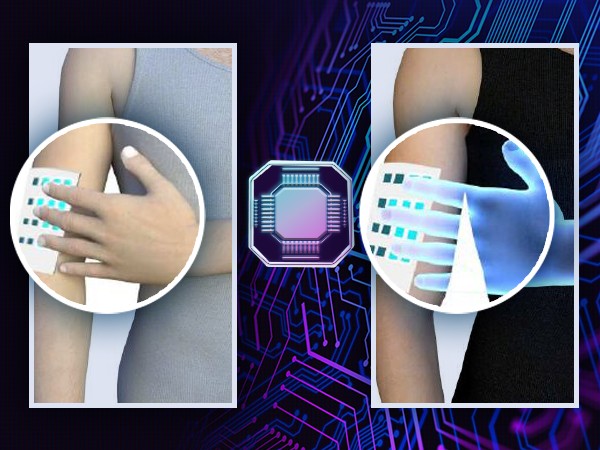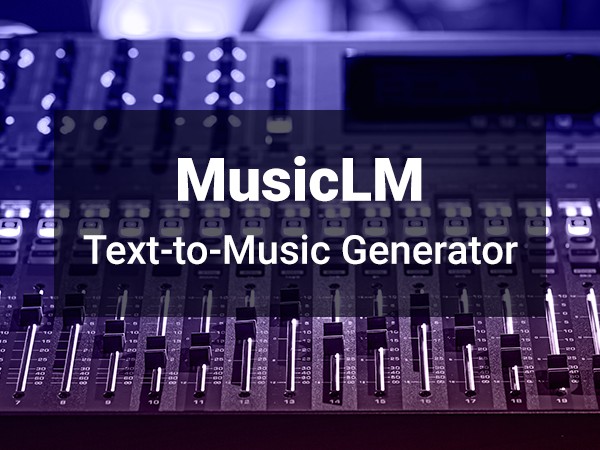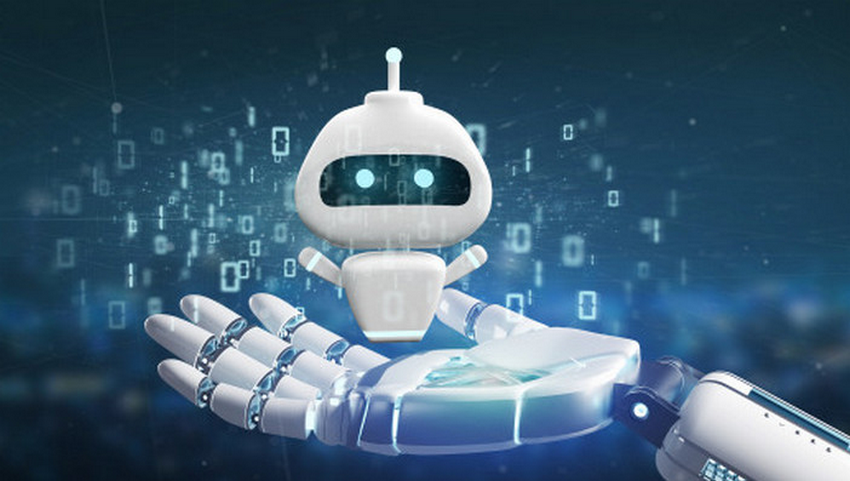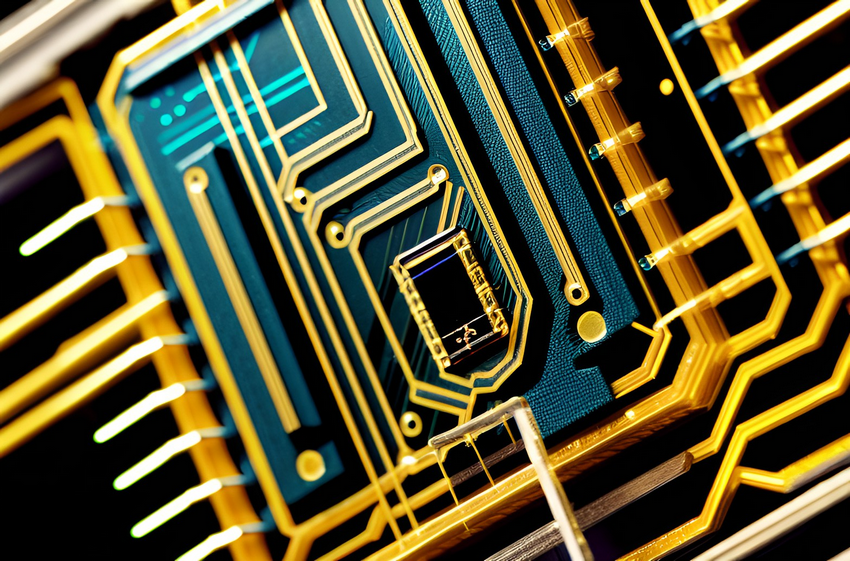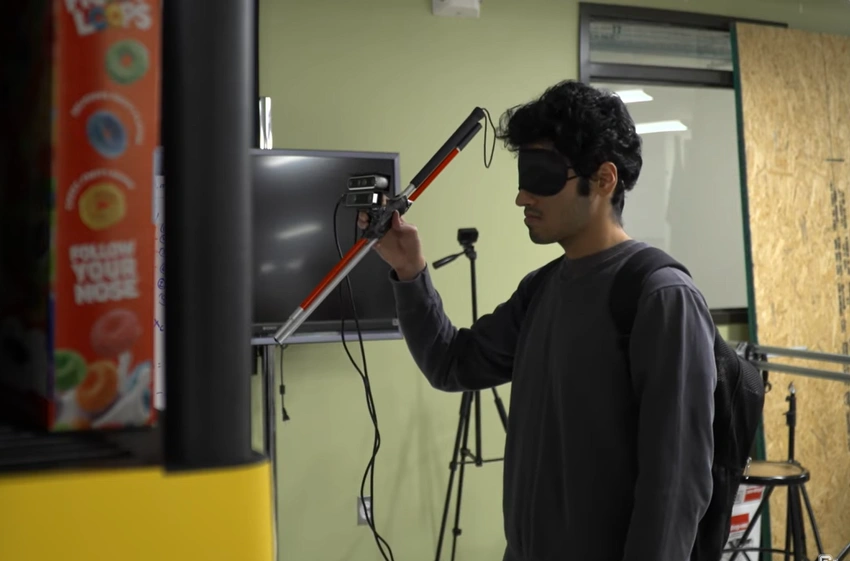Solar cells based on hybrid organic-inorganic perovskites are a rapidly developing area of alternative energy. These molecules initiated the development of a new class of photovoltaic devices – perovskite solar cells.
The researchers used a diverse set of simple image generation programs to create a dataset for training a computer vision model. This approach can improve the performance of image classification models trained on synthetic data.
Researchers developed a new approach to motion modeling using relative position change. They evaluated the ability of deep neural networks architectures to model motion using motion recognition and prediction tasks.
Researchers designed a new AI algorithm that is designed to visualize data clusters and other macroscopic features in a way that they are as distinct, easy to observe and human-understandable as possible.
Scholars has developed DetectGPT that can distinguish AI-generated text from human-written text 95% of the time for popular open source LLMs.
Researchers have recently created a new neuromorphic computing system supporting deep belief neural networks (DBNs) - a generative and graphical class of deep learning models.
A team of scientists has developed a machine learning solution to forecast amine emissions from carbon-capture plants using experimental data from a stress test performed at an actual plant in Germany.
Scientists have developed the first bio-realistic artificial neuron that can effectively interact with real biological neurons.
Scientists presented a smart bionic finger that can create 3D maps of the internal structure of materials by touching their exterior surface.
The wireless soft e-skin can both detect and transmit the sense of touch, and form a sensory network, which opens up great possibilities for improving interactive sensory communication.
Meta AI launched LLaMA, a collection of foundation language models that can compete with or even outperform the best existing models such as GPT-3, Chinchilla and PaLM.
MusicLM is a new music generation AI that creates high-quality music based on textual descriptions in a similar way that DALL-E generates images from texts.
Scientists from the University of Michigan conducted a study of robot behavior strategies to restore trust between a bot and a human. Can such strategies fully restore trust and how effective are they after repeated errors?
A group of researchers have created a Bayesian machine, an AI approach that performs computations based on Bayes' theorem, using memristors. It is significantly more energy-efficient than existing hardware solutions, and could be used for safety-critical applications.
Using advances in artificial intelligence engineers at the University of Colorado Boulder are working on a new type of walking cane for blind or visually impaired.

